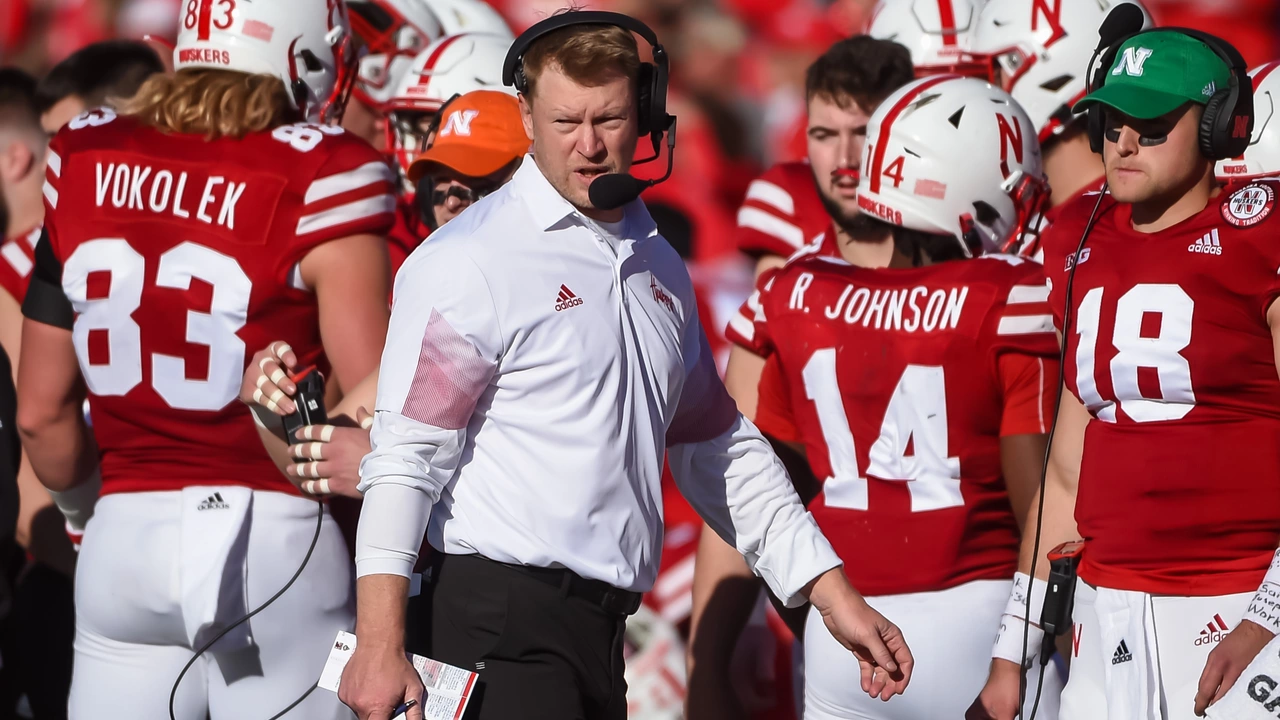What Is Sports Structure and Why It Matters
Ever wonder how a football season, a basketball championship, or an Olympic event all run smoothly? The secret is a well‑defined sports structure. It’s the backbone that tells which bodies set the rules, how teams are formed, and how contests move from start to finish. Knowing the basics helps you follow the action, appreciate the drama, and even join the conversation on fan forums.
Leagues, Federations, and Governing Bodies
At the top of every sport sits a governing body. Think FIFA for soccer, the NFL for American football, or the ICC for cricket. These organizations write the rule book, supervise international competitions, and grant licenses to regional leagues. Below them are the leagues—like the Premier League, NBA, or NCAA—that run regular‑season games and decide who makes the playoffs.
Leagues usually have a hierarchy. In European soccer you’ll see promotion and relegation: bottom teams drop to a lower division, top teams move up. In North American sports, a franchise model keeps teams in the same league, and draft picks help balance talent. Both approaches aim to keep competition fair and exciting.
Team Organization and Competition Formats
Inside each league, teams follow a common blueprint. There’s a front office that handles contracts, a coaching staff that plans tactics, and a roster of players who actually play. Salary caps, draft rules, and trade windows shape how teams build their line‑ups. Understanding these pieces explains why a team can dominate one season and struggle the next.
Competition formats vary, too. Some sports use a pure round‑robin schedule where every team meets all others, like the NBA regular season. Others blend round‑robin with knockout stages, as you see in the World Cup: groups first, then single‑elimination rounds. The format influences strategy—teams may rest star players in early games or push hard for a goal‑difference edge.
For fans who love the nitty‑gritty, pay attention to how points are awarded. Soccer gives three points for a win, one for a draw; rugby adds bonus points for scoring tries; baseball tallies wins only. These systems affect league tables and can turn a mid‑season slump into a title chase.
Beyond the professional tier, schools, clubs, and community leagues adopt simplified structures. They often follow the same rule set but skip complex licensing and revenue sharing. This grassroots level keeps the sport alive and feeds talent into higher tiers.
In short, sports structure is a layered network of rules, organizations, and formats that keep everything moving. Whether you’re watching a UFC bout, a college football rivalry, or a cricket series, the same principles apply: a governing body sets the stage, a league runs the show, and teams compete within a clear format.
Understanding these pieces helps you predict outcomes, spot storylines, and enjoy the game on a deeper level. Next time you hear about a “playoff spot” or a “salary‑cap breach,” you’ll know exactly what’s going on behind the scenes.

18
Jul
In college football, the 'Group of Five' represents five major athletic conferences: American Athletic Conference, Conference USA, Mid-American Conference, Mountain West Conference, and the Sun Belt Conference. The point of having this group is to ensure a level of competition and representation outside of the Power Five conferences. It allows for more diversity and competitiveness in the sport. Not only does it create more opportunities for different teams to shine, but it also intensifies the overall drama and intrigue of the college football season. So, it's not just about the big leagues, the 'Group of Five' adds a whole new dimension to the game.
Read More
